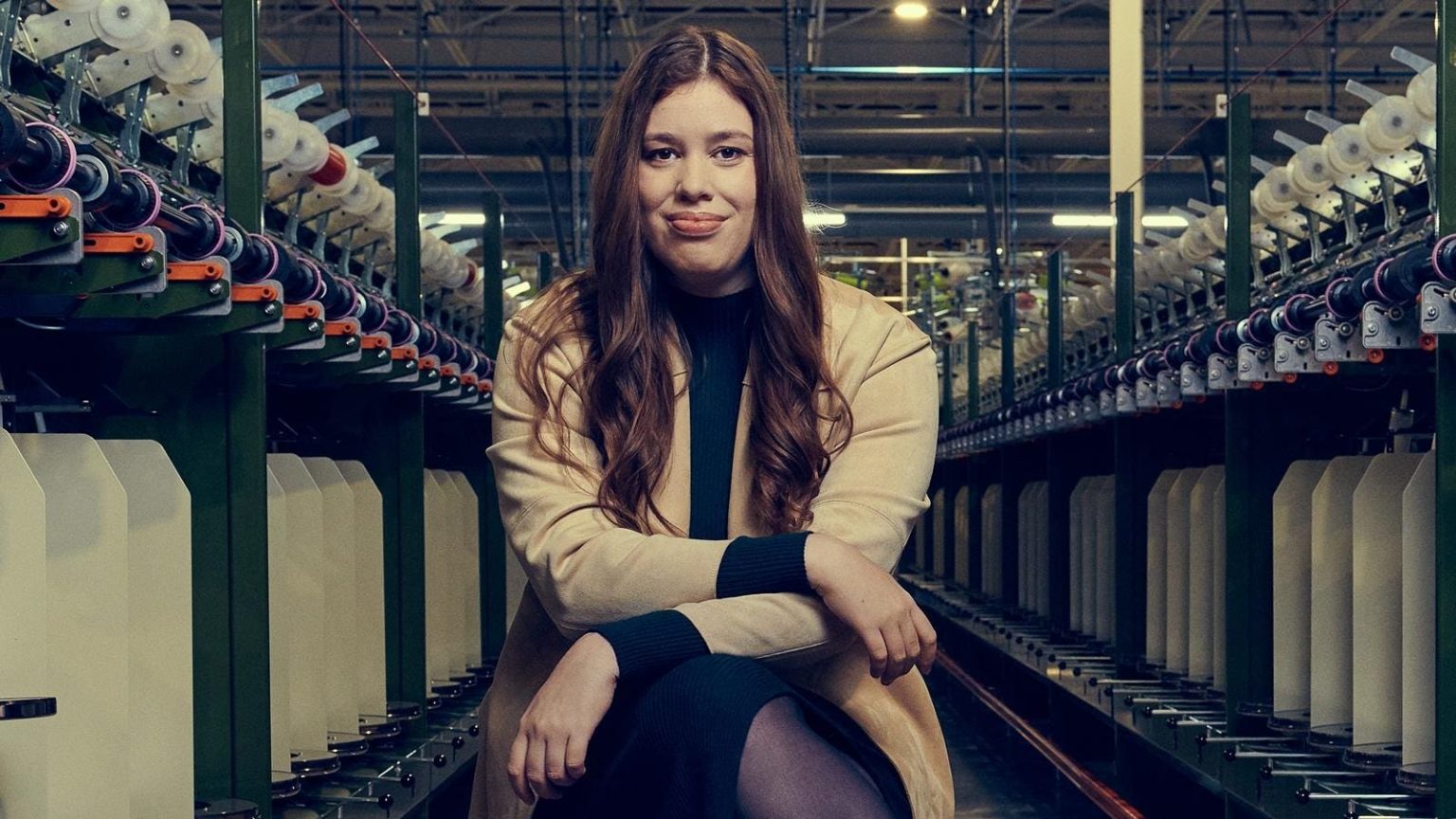Katherine Homuth, a Canadian entrepreneur, embarked on a mission in 2017 to revolutionize the hosiery industry, aiming to create durable and sustainable tights that would defy the common woes of snags and runs. Her quest led her to ultra-high molecular weight polyethylene (UHMWPE), a robust fiber used in bulletproof vests. Initially encountering challenges, including breaking a Chinese factory’s knitting machine with the incredibly strong fiber, Homuth persisted. She invested $2,000 in a spool of UHMWPE and began experimenting with it in a small research lab north of Toronto, eventually mastering the art of knitting this unconventional material. This marked the genesis of Sheertex, a company dedicated to producing resilient tights designed to last up to ten times longer than traditional hosiery, thus addressing the environmental problem of billions of pairs ending up in landfills annually.
Homuth’s relentless pursuit of durability and sustainability paid off. By 2023, Sheertex’s classic sheer tights ascended to the top spot in U.S. tights sales by dollar value. The company’s revenue reached $45 million that year, though it dipped to a projected $30 million in 2024 due to a strategic shift from direct-to-consumer sales towards partnerships with major retailers such as H&M, Costco, and QVC. Despite this temporary dip, Homuth forecasts a significant rebound, projecting over $70 million in revenue for 2025. This strategic shift, while impacting short-term revenue, is aimed at establishing a foundation for long-term, scalable growth, a common trajectory for direct-to-consumer brands aiming for significant market penetration.
Sheertex’s success attracted significant investment, totaling $143 million from prominent backers including H&M, ArcTern Ventures, and Lululemon founder Chip Wilson. The company’s valuation reached $350 million in its most recent funding round two years ago. This influx of capital enabled the construction of a new 300,000-square-foot factory in Montreal, bolstering production capacity to meet the burgeoning demand for Sheertex’s innovative hosiery. With manufacturing based in Canada and the majority of its sales in the United States, the company navigates the complexities of international trade, including the potential impact of shifting trade policies and tariffs.
The journey from a single spool of UHMWPE to a multi-million dollar company was not without its hurdles. Early production costs were high, reaching $50 per pair of tights. However, through vertical integration, bringing fiber production, yarn creation, and knitting in-house, Sheertex dramatically lowered its production costs. By 2023, the cost per pair had decreased to $12, with a further reduction to $2.50 projected within two years. This cost-efficiency, combined with a retail price ranging from $19.99 to $99, positions Sheertex competitively in the market. The cost reductions allow for both accessible pricing through retail partnerships and healthy profit margins, crucial for the company’s continued growth and innovation.
Looking beyond tights, Sheertex, under its parent company SRTX, is evolving into a sustainable materials company. Homuth envisions SRTX as a leader in sustainable material innovation, akin to the historical influence of DuPont. This ambition is fueled by the development of Watertex, a non-toxic water-repellent material initially targeted for swimwear, boasting faster drying times than competitors. SRTX is also developing a PFAS-free water-repellent membrane, aiming to disrupt the $2 billion and growing waterproof breathable textiles market, which is currently dominated by PFAS-based products. This move aligns with increasing regulatory scrutiny and bans of PFAS chemicals, creating a significant opportunity for sustainable alternatives.
Sheertex’s expansion into new markets and materials represents a significant evolution for the company. The introduction of fishnets, a more complex product to manufacture, and the launch of the direct-to-consumer Sheertex Studio line, offering unique designs, demonstrate the company’s commitment to product diversification. Furthermore, the establishment of a private-label business, exemplified by the collaboration with Steve Madden Canada, showcases Sheertex’s versatility and appeal to established brands seeking sustainable and durable alternatives. This multi-pronged approach, encompassing retail partnerships, direct-to-consumer sales, and private-label collaborations, positions Sheertex for continued growth and market penetration, while simultaneously advancing its mission of sustainability within the fashion industry. The ambitious goal of producing 30 million pairs of tights by 2027, a fifteen-fold increase over current production, underscores the company’s commitment to scaling manufacturing while maintaining its focus on innovative and sustainable materials. The development of Elasta, a recyclable spandex replacement, further solidifies Sheertex’s dedication to transforming the textile industry with environmentally conscious solutions. As Sheertex transitions from a primarily consumer-focused brand to a materials technology company, its impact on the fashion and textile industries promises to be far-reaching, driving innovation and promoting sustainable practices.

